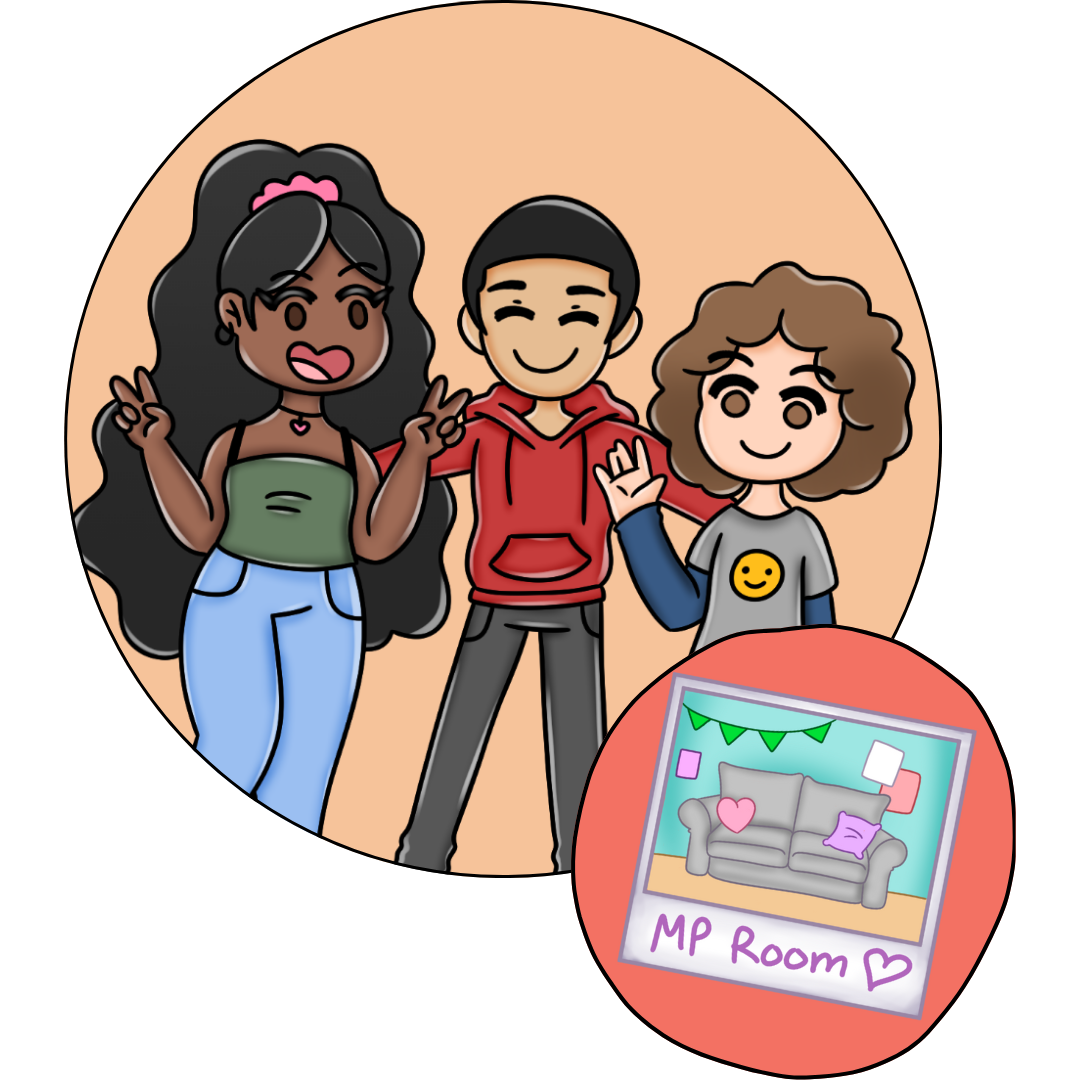Safe At Home empowers the school community to create an environment where violence and abuse are not tolerated; where youth harmed by violence are supported; and youth lead prevention efforts foster safer schools.
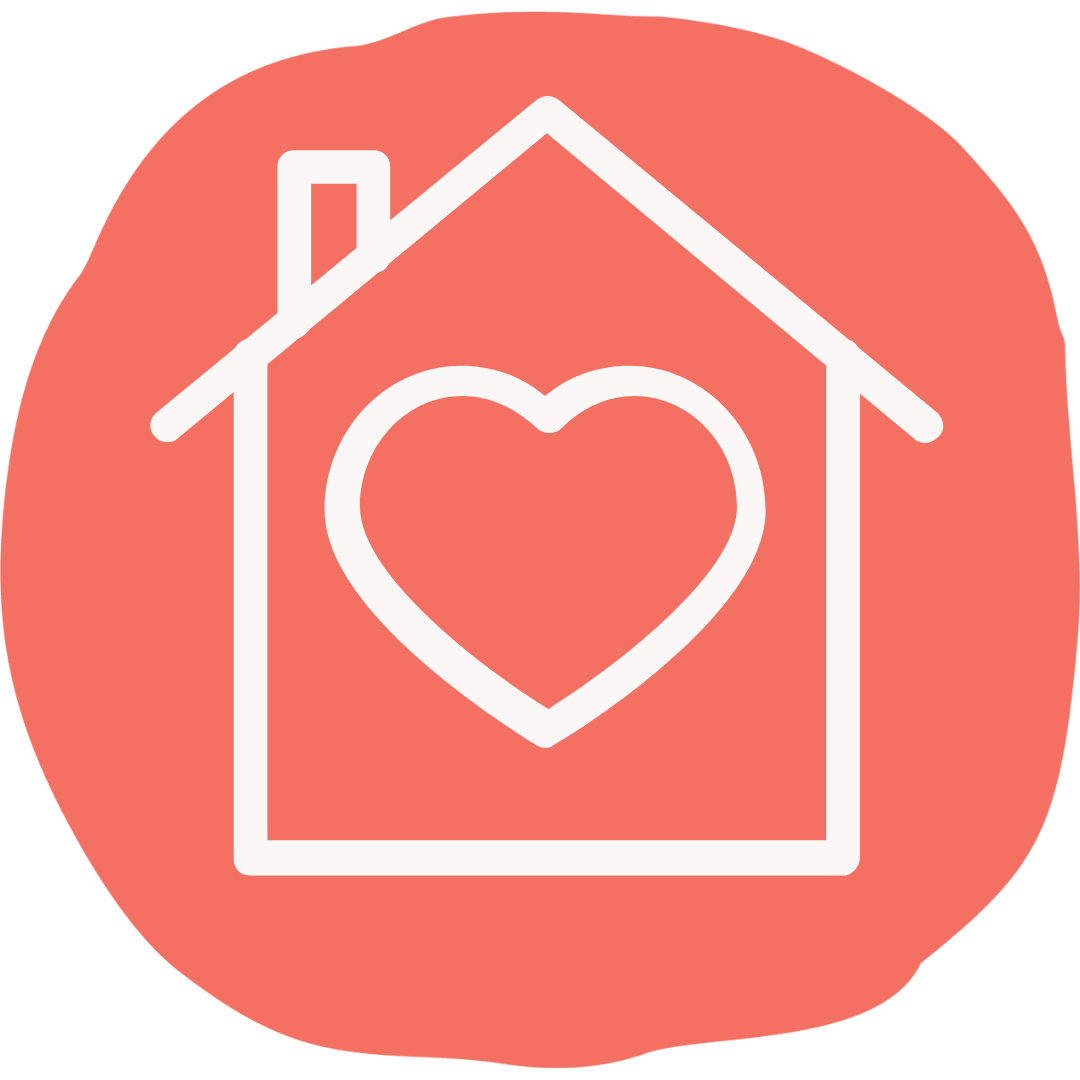
Our Core Beliefs
Violence is never okay. You are not alone. It is not your fault. Tell someone you can trust. You can get help. You can end the cycle.

Our Prevention Programing for Youth
We educate to strengthen our students’ understanding of cycles of violence and harm and offer ways that they can treat each other with care and respect and help one another thrive.

Our Core Components
Our program includes mental health counseling services, an anti-violence curriculum, school-wide awareness campaigns, a peer leadership training program, and several trainings for school staff, parents, and peers.
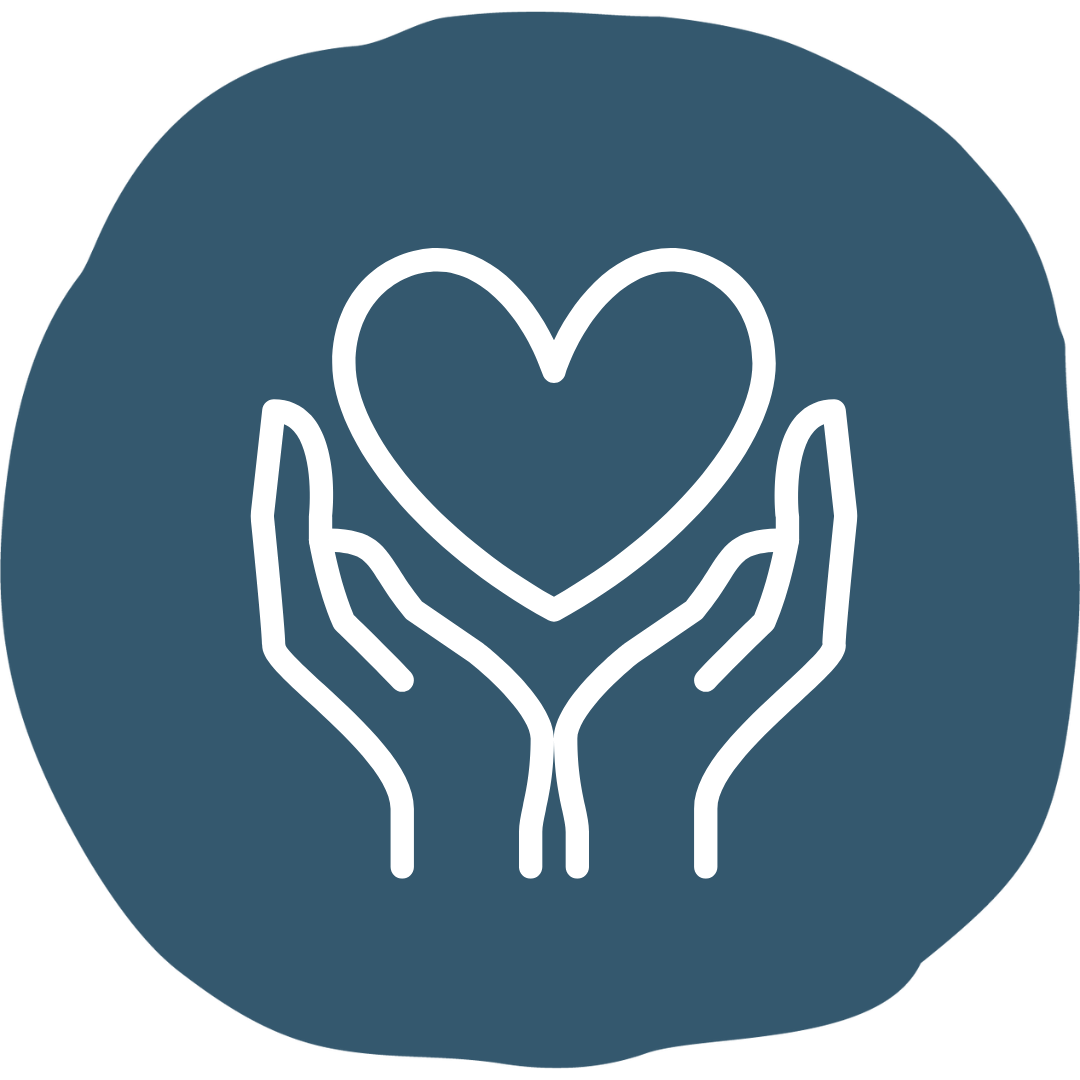
Our Clinical Services
Our mental health counseling services support youth to increase healthy coping skills, decrease the frequency and severity of trauma symptoms, and help youth reach out for support.
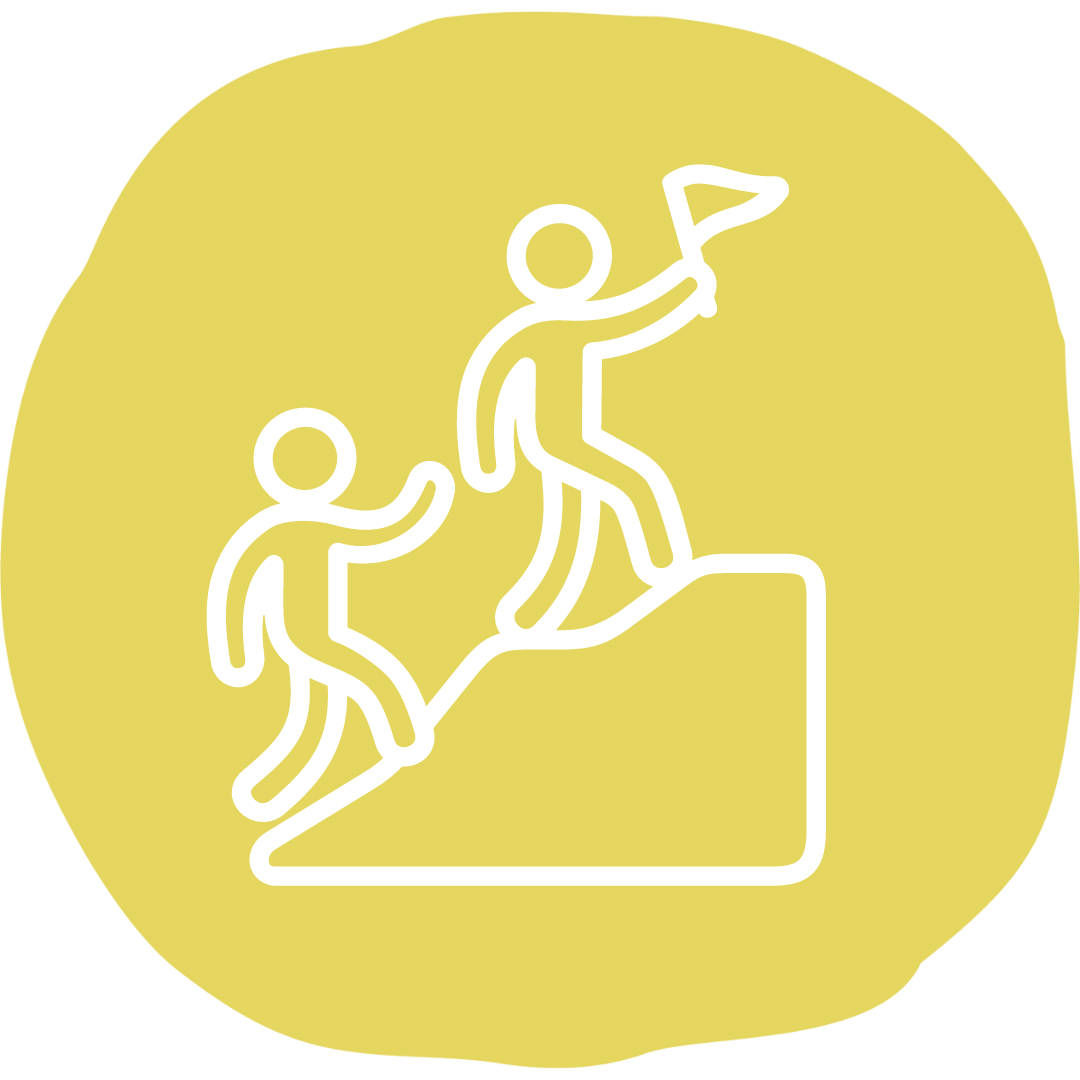
Our Peer Leadership Program
Our students learn to be the change in their own lives and schools. Peer Leadership increases the knowledge, skills, and self-efficacy to promote healthy and respectful relationships and offer care and respect for all.

Our Prevention Programing for Parents & Staff
We equip parents & staff with early intervention strategies to offer support and build resilience for students harmed by violence and trauma.
Margaret's Place PROGRAM REACH 2022-2023
In the 2022-2023 school year, Margaret’s Place reached over 132,985 participants across various activities, including counseling sessions, prevention workshops, peer leadership meetings, and school-wide campaigns. These numbers reflect the significant demand for services and the impact we’ve had in engaging youth in violence prevention efforts.
Counseling Demographics
Our counseling services cater to a diverse range of students, with various gender, race/ethnicity, age, and grade representations. The majority of students self-referred to counseling, highlighting the importance of creating safe spaces where young people feel comfortable seeking support.

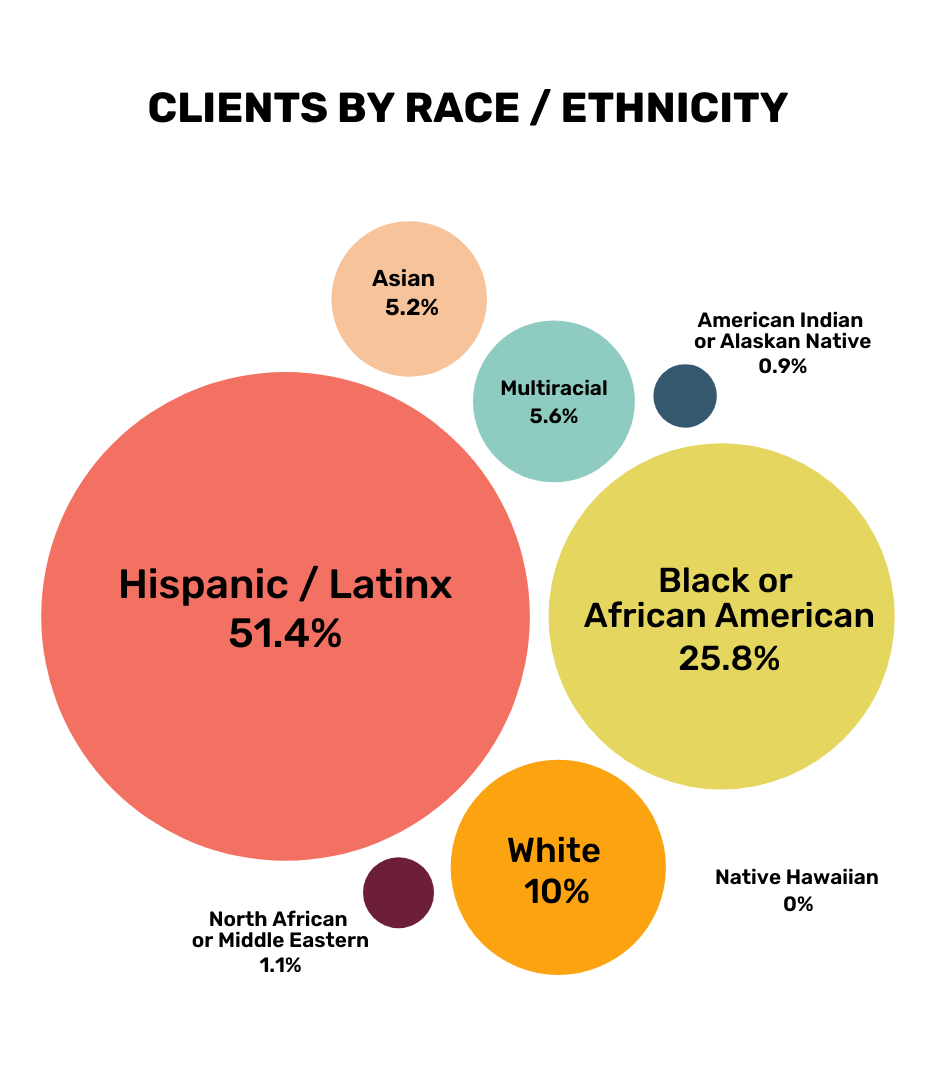
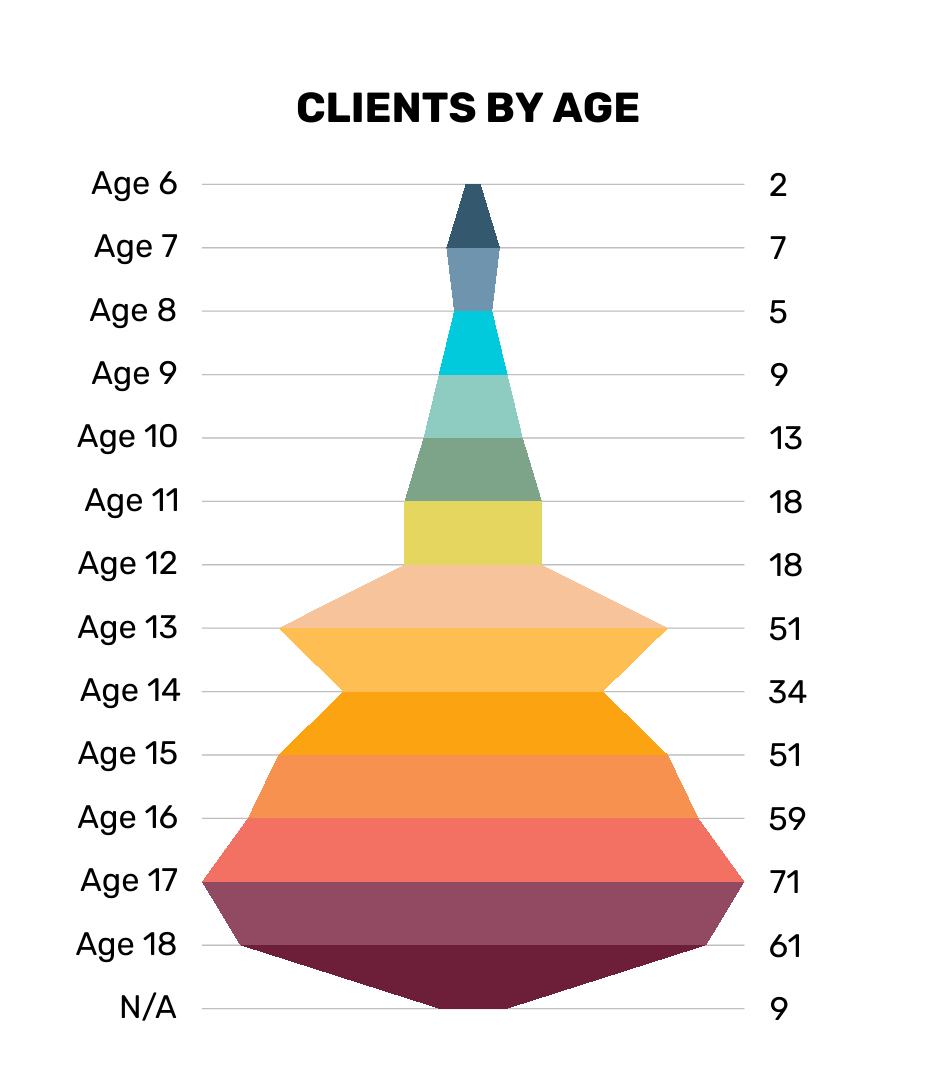
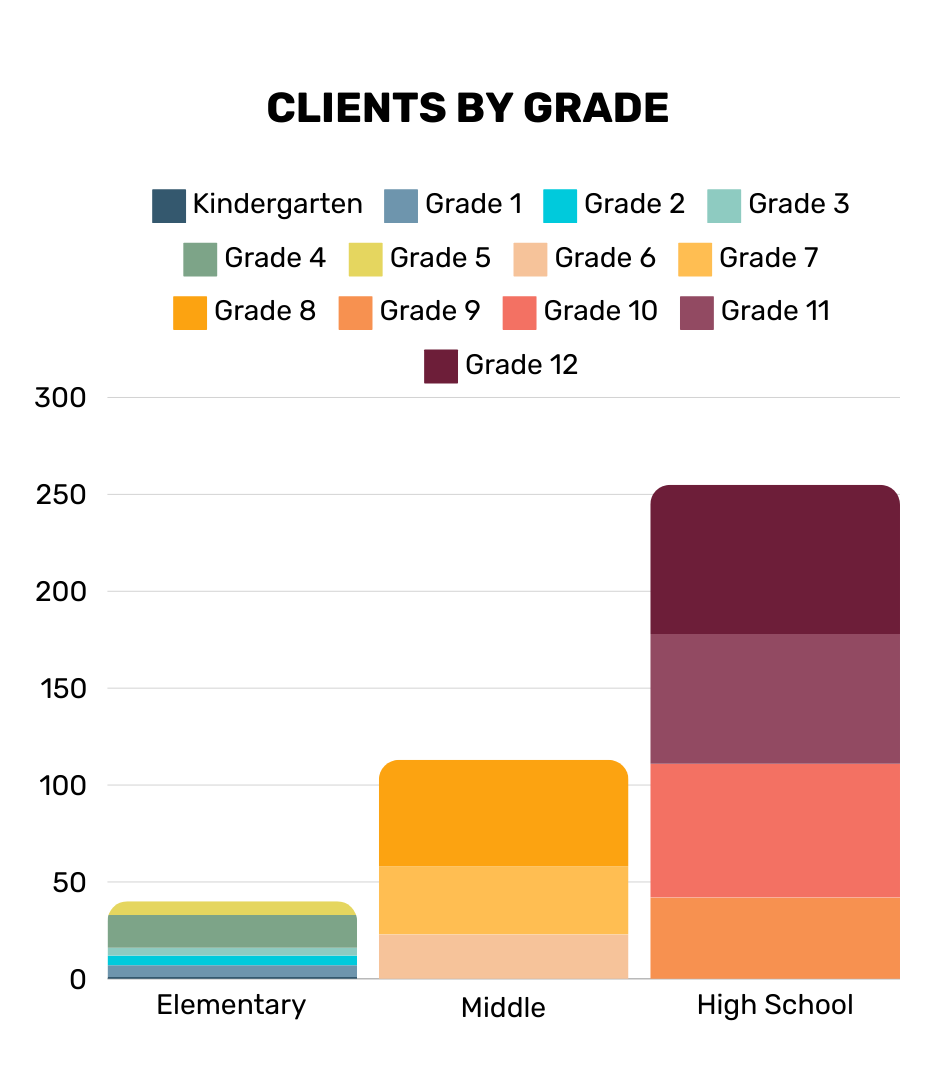
margaret's place client needs
At Margaret’s Place, students seek healing through counseling after exposure to violence and trauma. Themes of challenges that Margaret’s Place students focus their healing work around include significant emotional dysregulation, impacts of traumatic stress, as well as difficulties creating and maintaining safe and supportive relationships. Through our services, we’ve seen reductions in suicidal and homicidal ideation, as well as improvements in coping skills, communication, and self-esteem.

34%
of counseling students who disclosed trauma histories reported witnessing intimate partner violence or family violence in their homes.
51%
of counseling students who disclosed trauma histories reported being impacted by bullying, including on school grounds and cyber-bullying.
12%
of Margaret’s Place Counseling students disclosed experiencing suicidal ideation while beginning Margaret’s Place Counseling services.
37%
of Margaret’s Place students disclosed experiencing homicidal ideation at the beginning of Margaret’s Place Counseling services.
Across all sites, Margaret’s Place students who disclosed trauma or abuse were more likely to report experiencing trauma in multitudes. Students who disclosed a trauma history reported more than one relationship that was characterized by trauma or abuse.
59%
Across all MP sites,
59% of counseling sessions
addressed clients’ difficulty in
maintaining safe, supportive,
relationships.
48%
Across all MP sites,
48% of counseling sessions
addressed emotional
dysregulation in clients.
43%
Across all MP sites,
43% of counseling sessions
addressed traumatic stress in
clients.
After receiving services from the Margaret's Place Program, Margaret's Place Counseling supported students in healing, leading to a reduction in both suicidal and homicidal ideation among clients.
Of those students who reported Suicidal Ideation at intake.
68% of students saw a complete reduction in their ideation.
Of those students who reported Homicidal Ideation at intake.
63% of students saw a complete reduction in their ideation.
Margaret's Place Counseling Services
When beginning clinical services, clients choose three goals that they would work towards during their course of treatment. The most common goals identified among students were:
to decrease anxiety, practice healthy coping skills, and explore healthy communication.
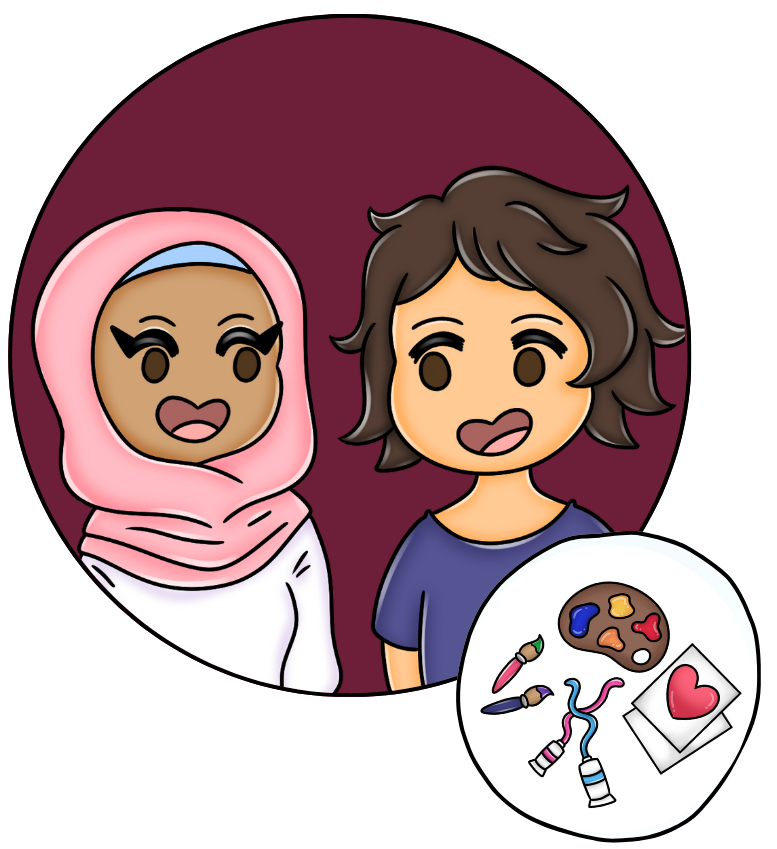
73%
of on-going counseling students achieved their first therapeutic goal.
41%
of on-going counseling students achieved at least one therapeutic goal.
29%
of on-going counseling students achieved two or more counseling goals.
To address client needs, Margaret's Place Counselors utilize different therapeutic interventions...
Across Margaret’s Place Counseling programs, 74% of counseling sessions focused on strengthening coping skills as part of the therapeutic interventions
64% of Margaret’s Place Counseling students engaged in arts- based interventions as a part of their counseling work.
In 44% of sessions, of se Margaret’s Place Counselors focused on building communication skills in support of working alongside counseling students to achieve therapeutic goals.

The Strengths & Difficulties Questionnaire (SDQ)
is one of the most widely used measures of child mental health, and has been translated into more than 80 languages. The Margaret’sPlace program uses this SDQ as a part of counseling intake as a brief emotional and behavioral screening, including emotional symptoms, conduct challenges, hyperactivity/inattention, peer relationship problems, and prosocial behaviors, to measure and reflect on change and growth through the counseling process.
104 Students completed both an intake and a termination SDQ survey. From this group of students, we were able to explore measurable outcomes as a result of counseling services at Margaret’s Place.
94%
Based on the initial assessment completed at the start of counseling services, 94% of Margaret’s Place students struggled with emotional or behavioral challenges in ways that impacted their relationships.
46%
Based on assessment scales strongly linked to diagnostic criteria, 46% of Margaret’s Place Counseling students scored high on the scale for emotional symptoms associated with depression and anxiety.
32%
32% of Margaret’s Place Counseling students scored high on scales for hyperactivity and peer relationship challenges, which have a tendency to encompass externalized behaviors that impact students day-to- day, stemming from traumatic experiences.
16
Margaret’s Place Counseling supports student healing. In the 2022-2023 school year, 97 students completed on-going counseling through the school year, which included participation in on average, 16 counseling sessions each.
92%
Margaret’s Place Counseling supports student healing through short-term counseling. 15% of counseling students saw measurable improvements after engaging in short-term counseling.
15%
At follow-up, 92% of students identified having gained several prosocial behaviors as personal strengths, including being considerate, being helpful, kind, and caring for others.
After Receiving Services at Margaret's Place...
236 out of 319 Margaret’s Place Participants answered the Student Receiving Services questionnaire, a confidential anonymous survey that measures the impacts of counseling.
85%
of clients shared that
they have a better
understanding of how
to deal with their
problems.
89%
of clients shared
that they used the
tools they learned in
counseling.
87%
of clients reported
that they learned
something important
about themselves.
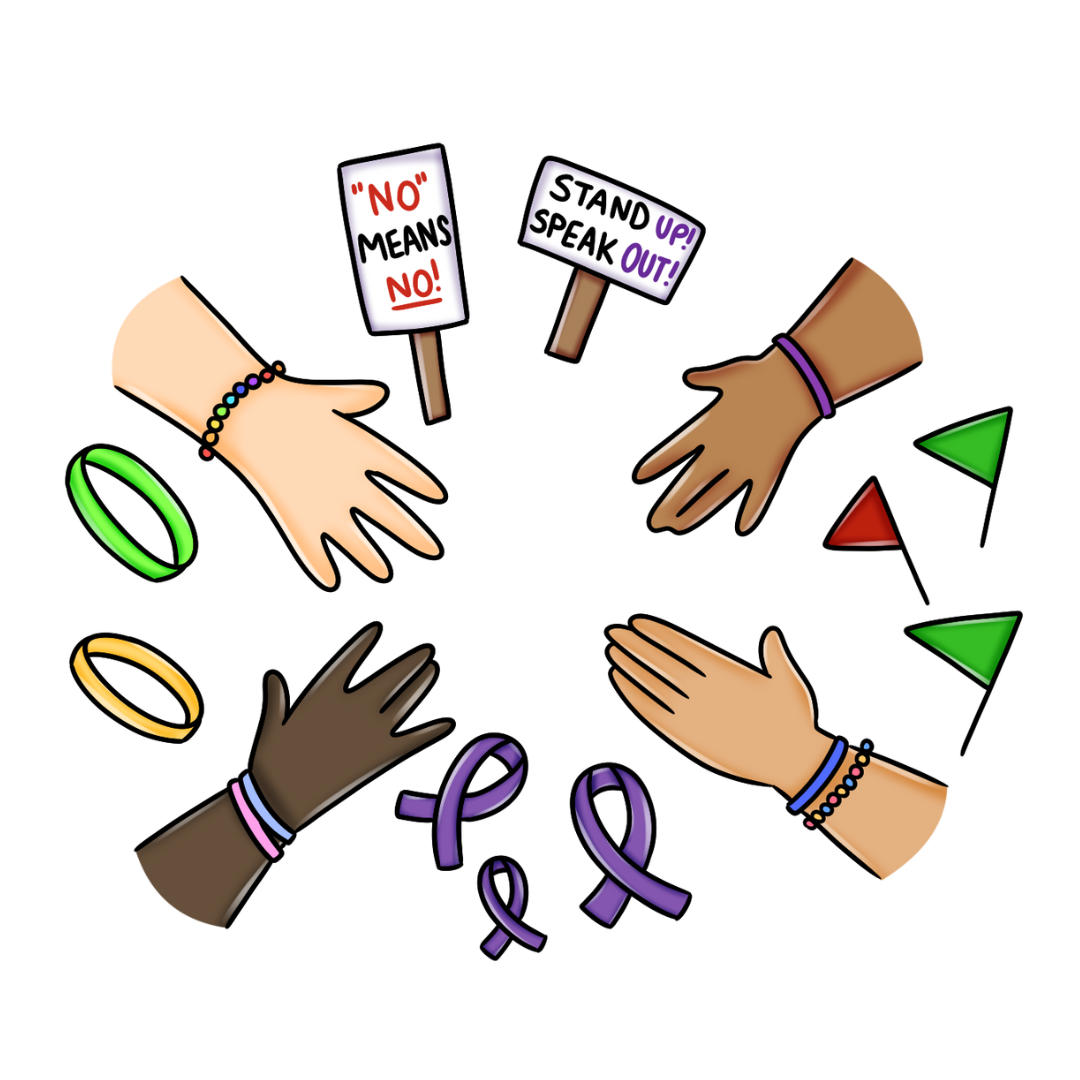
Coping Skills
Students were asked to list their top coping skills after participating in Margaret's Place services. Margaret’s Place counseling students listed: Talking with a friend, playing games, and watching videos as their top coping skills.
Across all sites, Margaret's Place Participants shared the impacts of counseling on skill-building, coping strategies, self-advocacy, and relationships, and reported improvements in their school life and academic abilities after receiving counseling services.
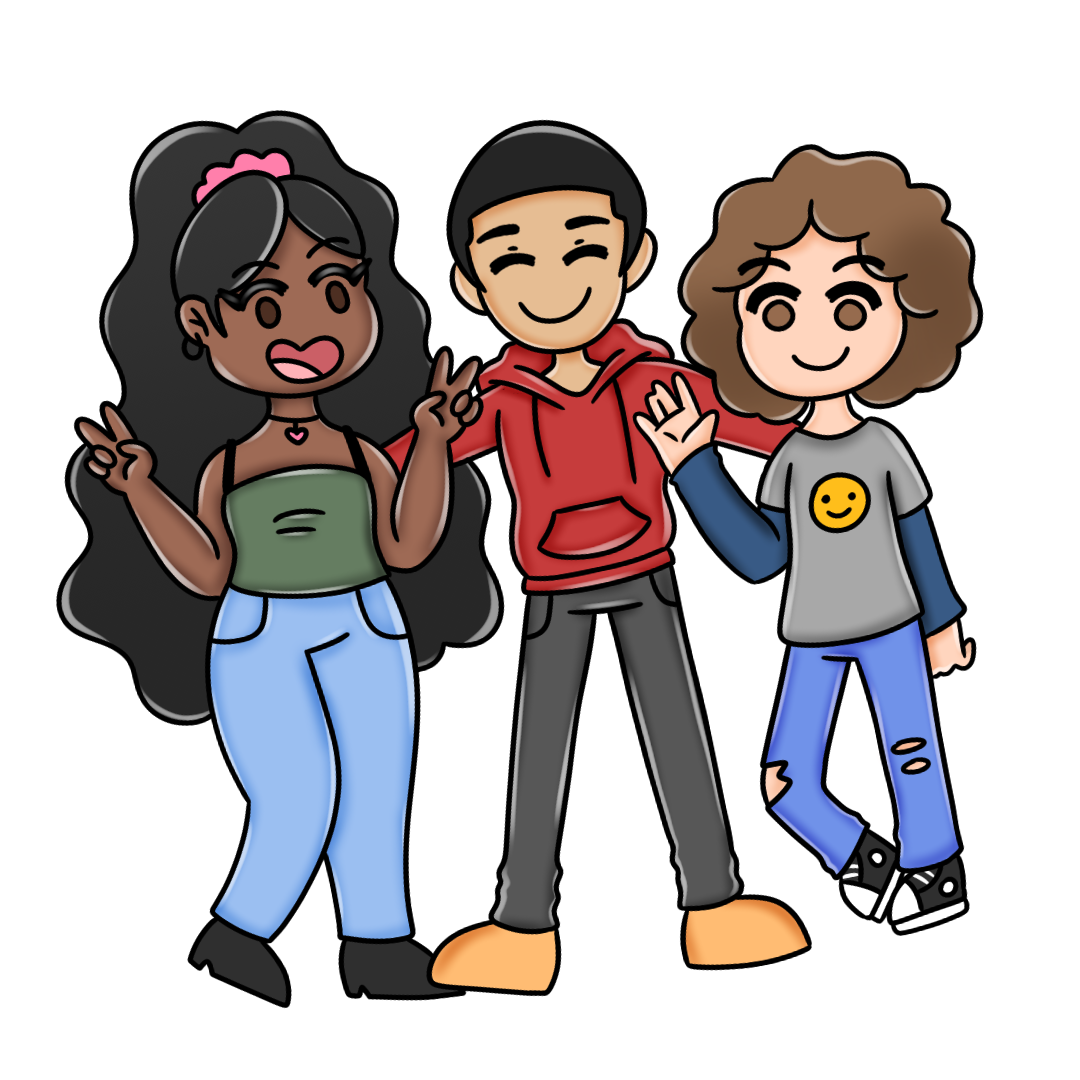
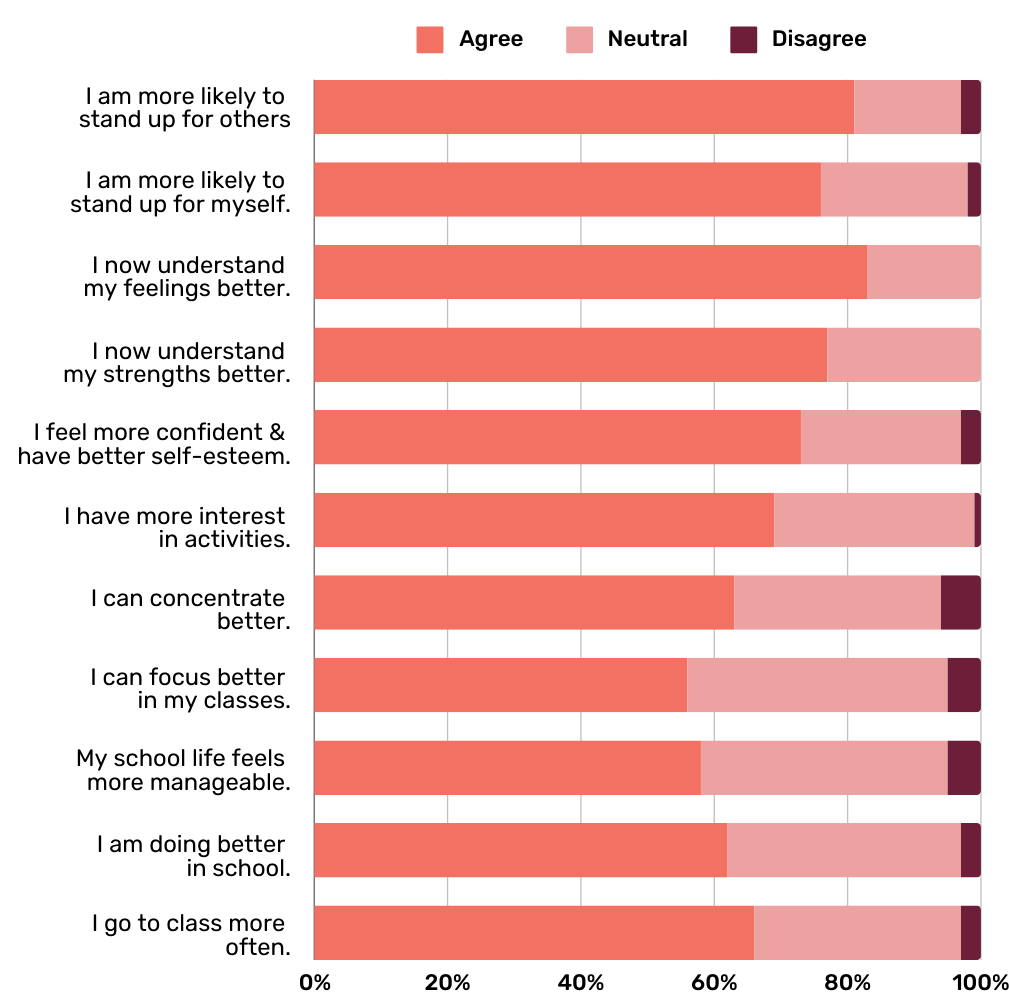

82% of students receiving services reported feeling confident that they could put into practice the tools and strategies that they learned inMargaret’s Place.

82% of students receiving services reported feeling confident that they could put into practice the tools and strategies that they learned inMargaret’s Place.

82% of students receiving services reported feeling confident that they could put into practice the tools and strategies that they learned inMargaret’s Place.
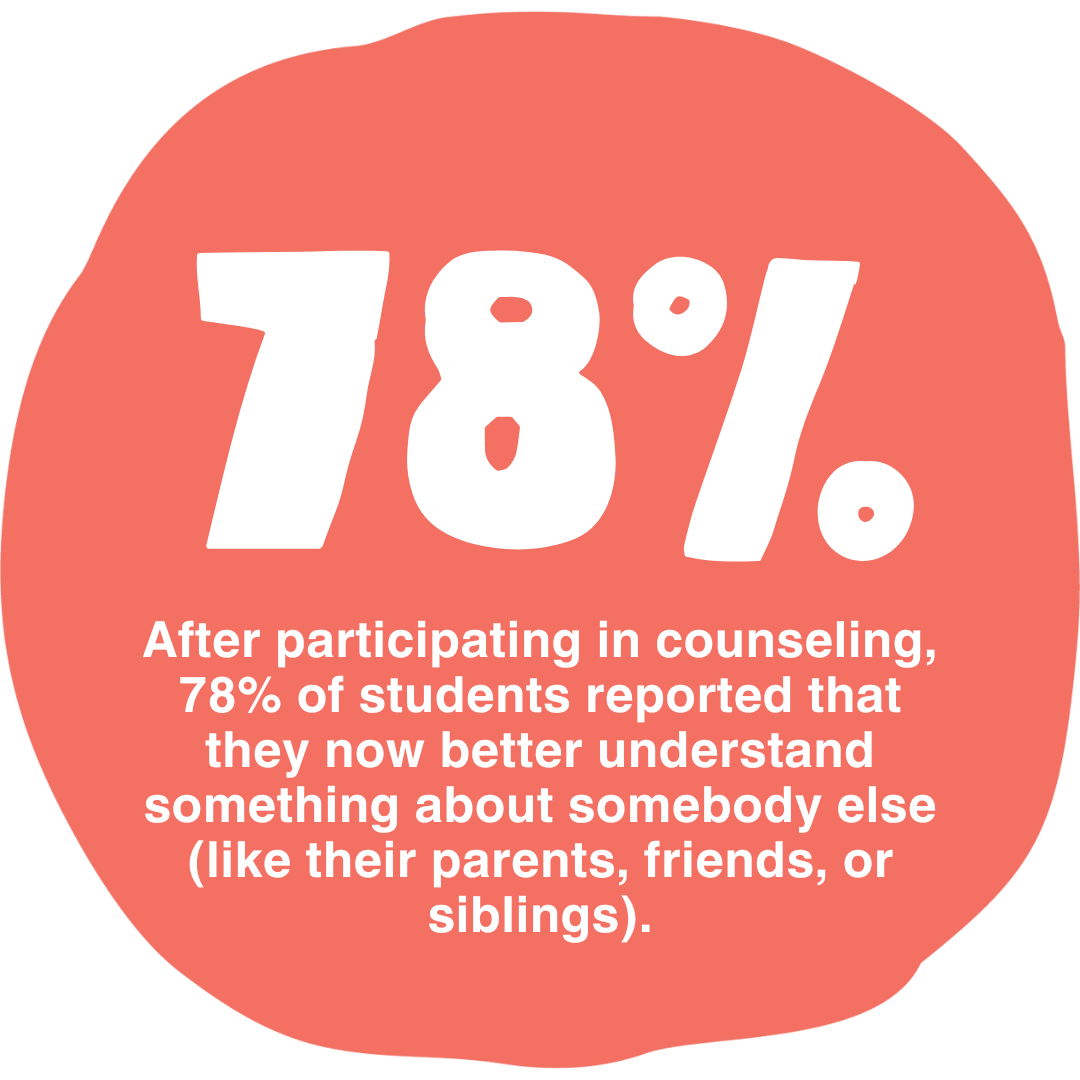



We asked teachers to share how they feel about Margaret's Place...

73%
of teachers would recommend that other school staff refer students to Margaret’s Place for counseling.
63%
of teachers reported that students have an increased ability to solve problems and can focus better in their classes because of Margaret’s Place services.
50%
of teachers agree that they have been able to have a more positive relationship with students with whom they have referred to Margaret’s Place.
YES Curriculum impacts
This year at Margaret’s Place, 1758 students engaged in YES Curriculum sessions. 645 students answered the YES Post Survey. Margaret’s Place students improved their ability to identify healthy and unhealthy relationship behaviors, identify trusted adults, and identify safe intervention strategies. The statistics below are based on available survey responses.
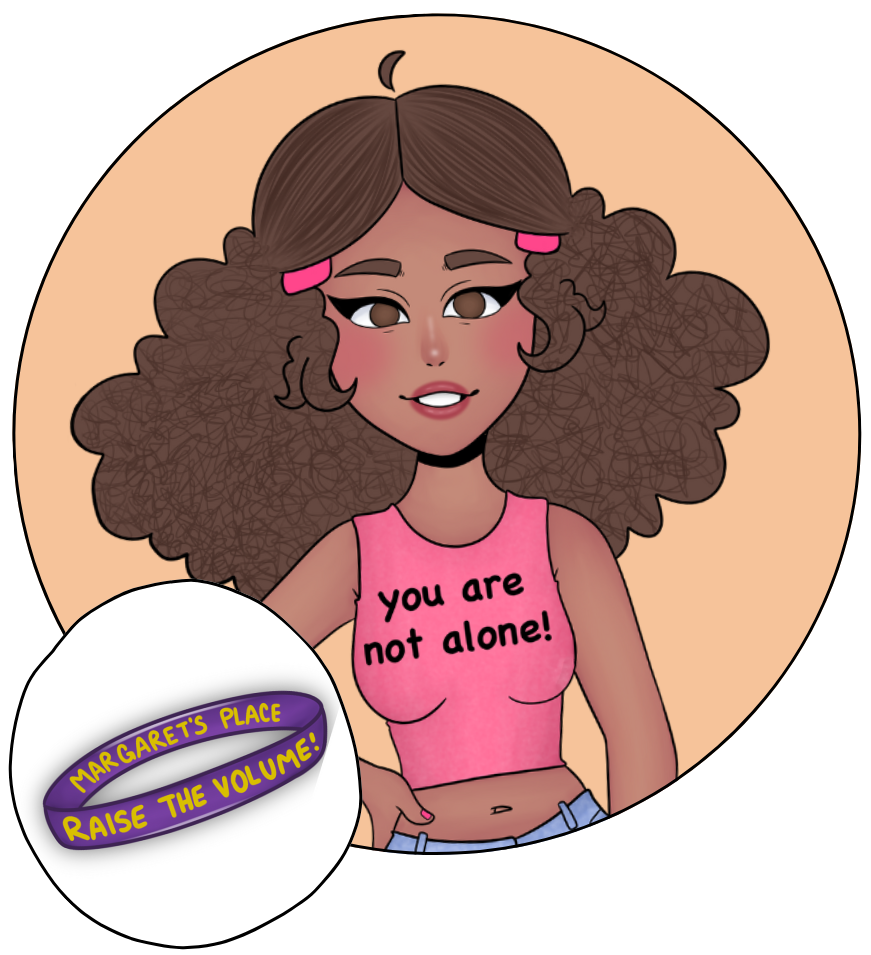
34%
of students shared that if someone they are dating engages in unhealthy relationship behavior, they would handle the situation in a healthy and positive way.
51%
of students agree that they would make a good role model for others to learn about healthy relationship behaviors in dating relationships.
12%
of students shared that they feel confident they could effectively do something(speak up, or offer support)to one of their peers if they are being hurt either in school or online.
37%
of students agreed that they had the skills to effectively do something (speak up, or offer support) to one of their peers if they are being hurt either in school or online.
After engaging in the YES Curriculum, students showed improvements in identifying healthy and unhealthy relationship behaviors, identifying trusted adults, and identifying safe intervention strategies.
After YES, 70% of students agree that there is an adult outside of their school that they can turn to for help if they were concerned about their own safety.
YES aims to give students the tools to engage in help-seeking behavior.
On average, students identified three adults that they trust at their school site who they would feel comfortable speaking with if they were concerned about someone being abused.
After engaging in YES, 66% of students were able to correctly identify the answer choice that was not an example of violence. 34% of students answered incorrectly.
YES aims to give students the tools to identify signs of violence.
After YES, 66% of students agree that there is an adult outside of their school that they can turn to for help if they were concerned about the safety of a friend, peer, or loved one.
YES aims to give students the tools to engage in help-seeking behavior.
After engaging in YES, 59% of students were able to correctly identify what a responsible bystander does. 41% of students answered incorrectly.
A Responsible Bystander is someone who witnesses an event and does something to help.
After YES, 77% of students correctly identified supportive statements to say to someone who has experienced abuse.
YES aims to give students the tools to feel empowered in promoting healthy relationships.
Peer Leadership impacts
Peer Leadership aims....
To foster social consciousness, leadership, and communication skills.
To educate youth about healthy relationships and intimate partner violence.
To provide healthy role models.
To encourage youth to identify and raise awareness about social justice and violence-related issues that are impacting them, their schools, and their communities
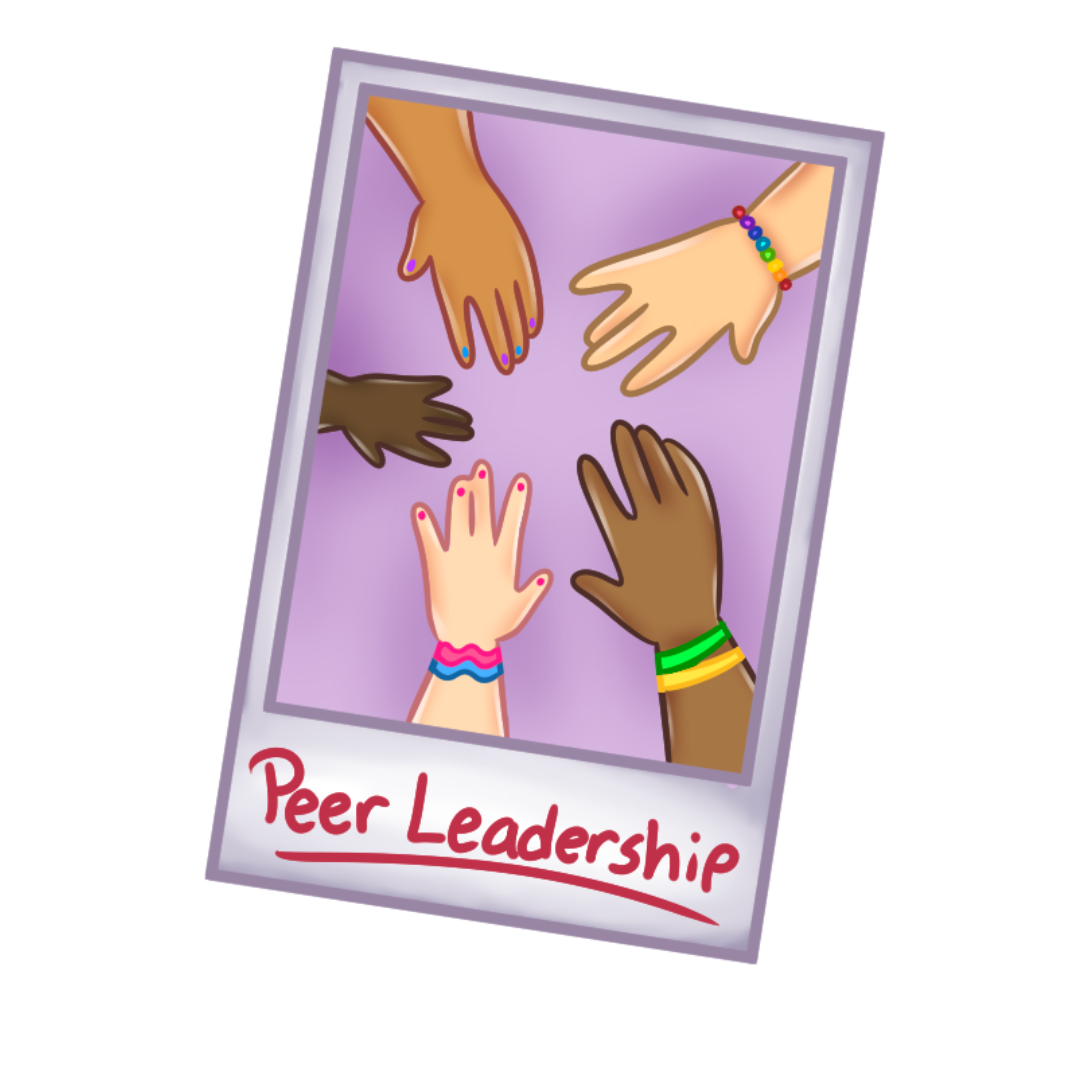
Peer Leadership impacts

Peer Leadership aims....
To foster social consciousness, leadership, and communication skills.
To educate youth about healthy relationships and intimate partner violence.
To provide healthy role models.
To encourage youth to identify and raise awareness about social justice and violence-related issues that are impacting them, their schools, and their communities
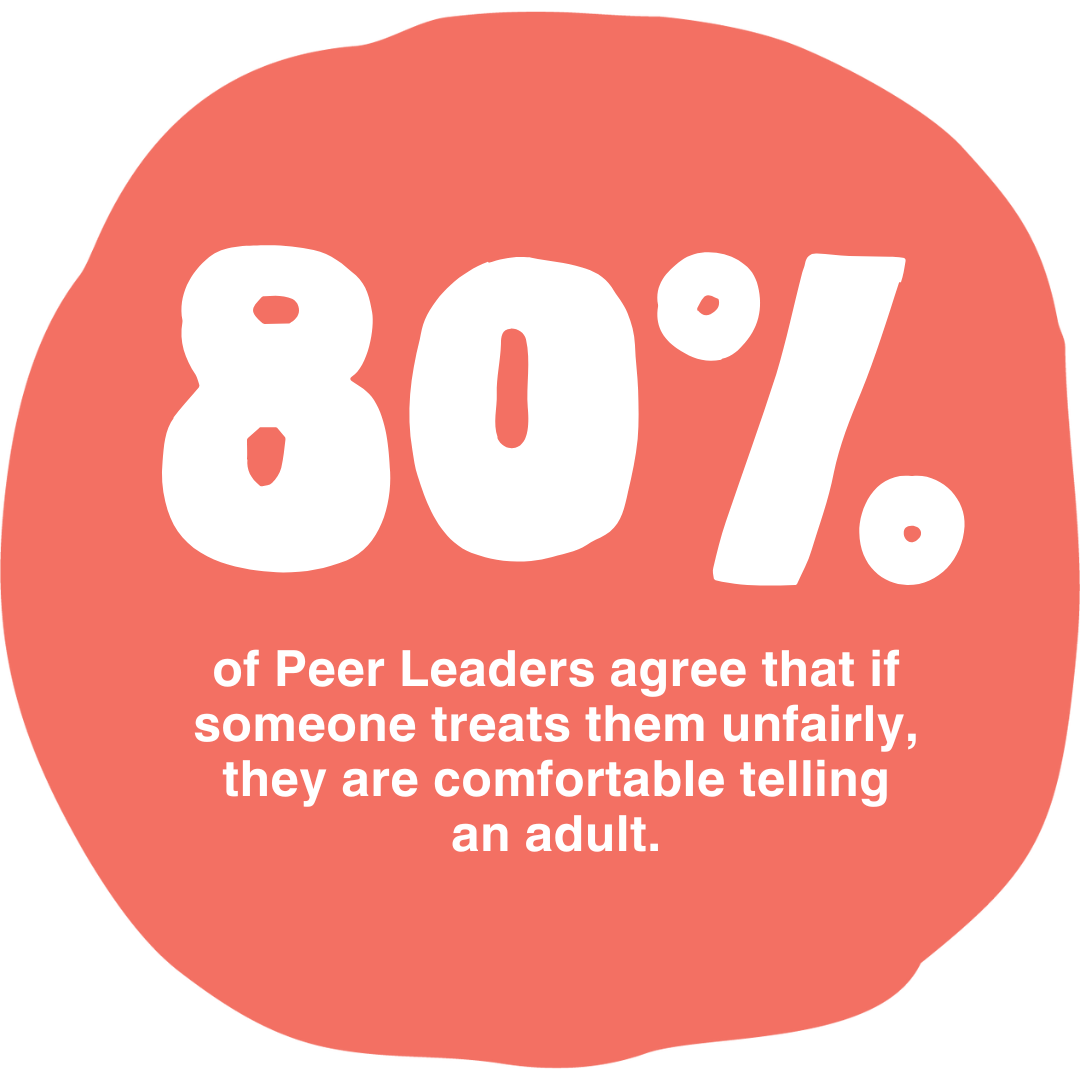
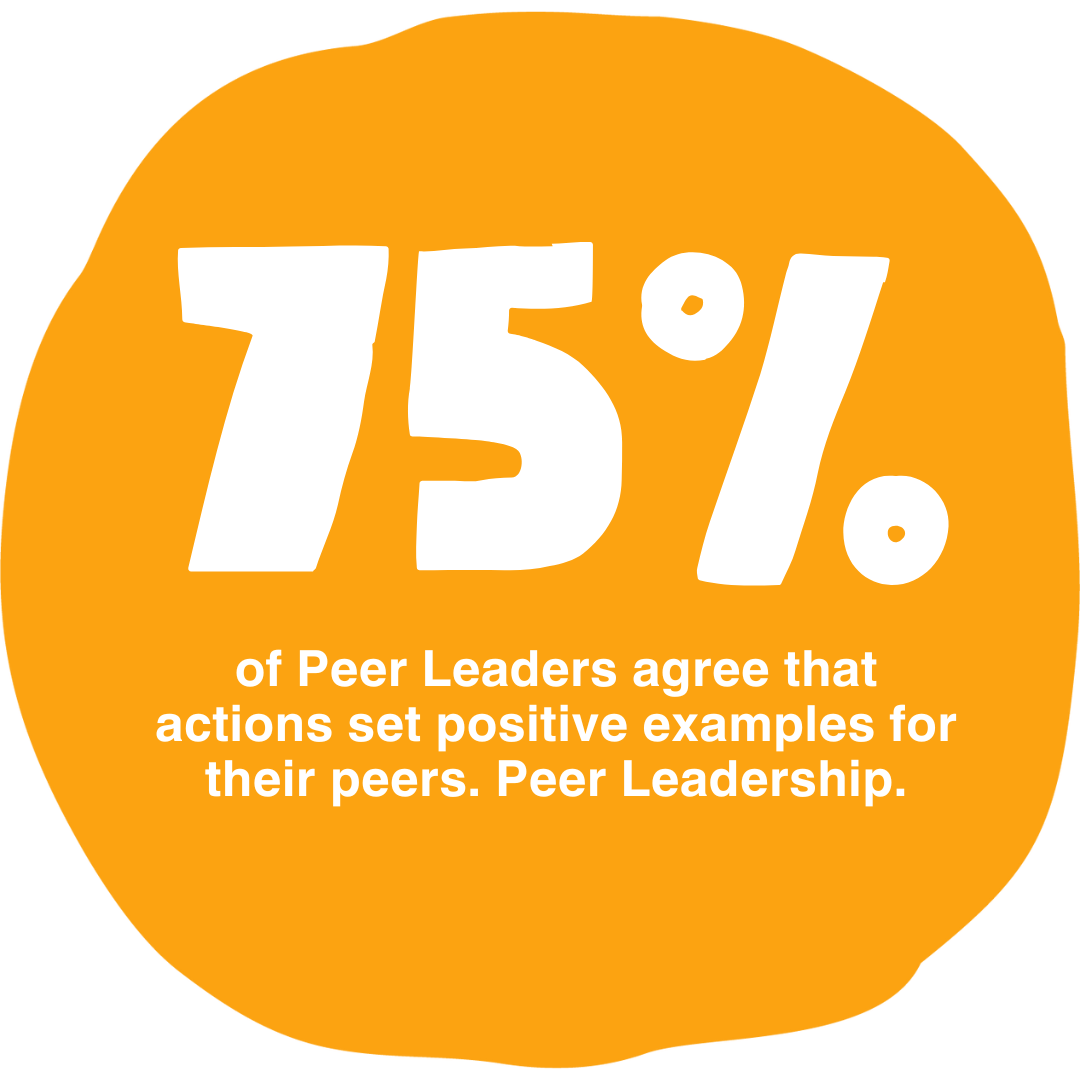
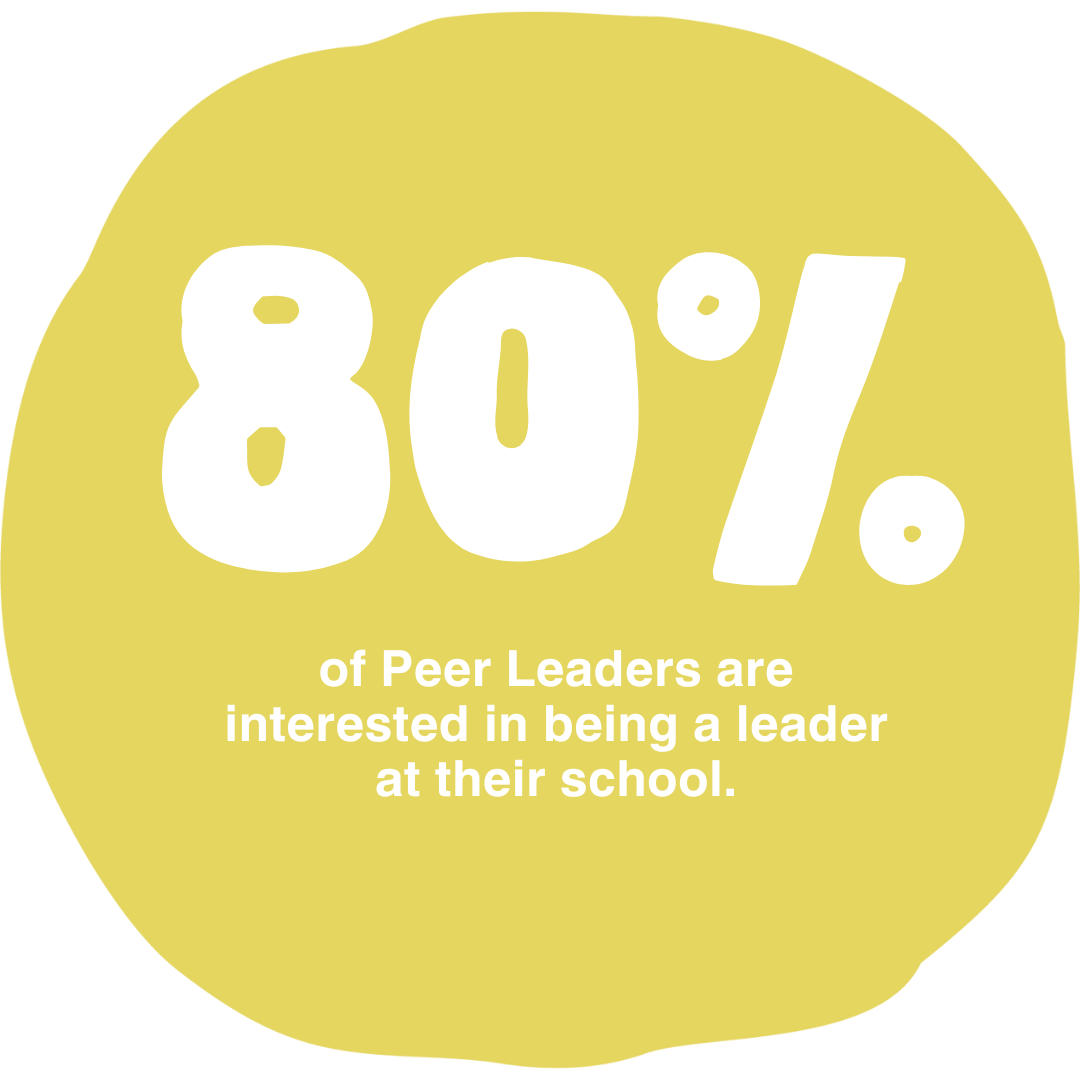
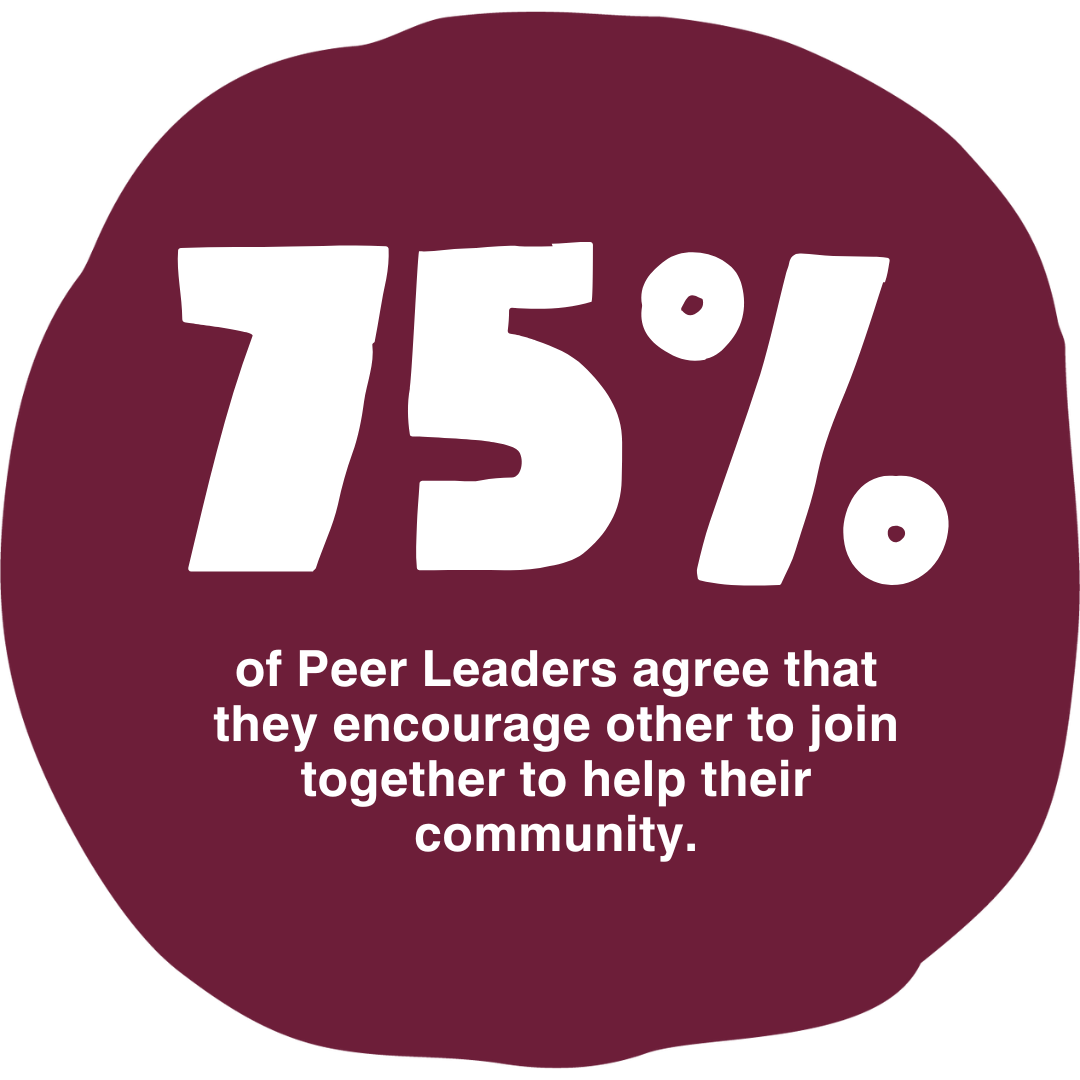
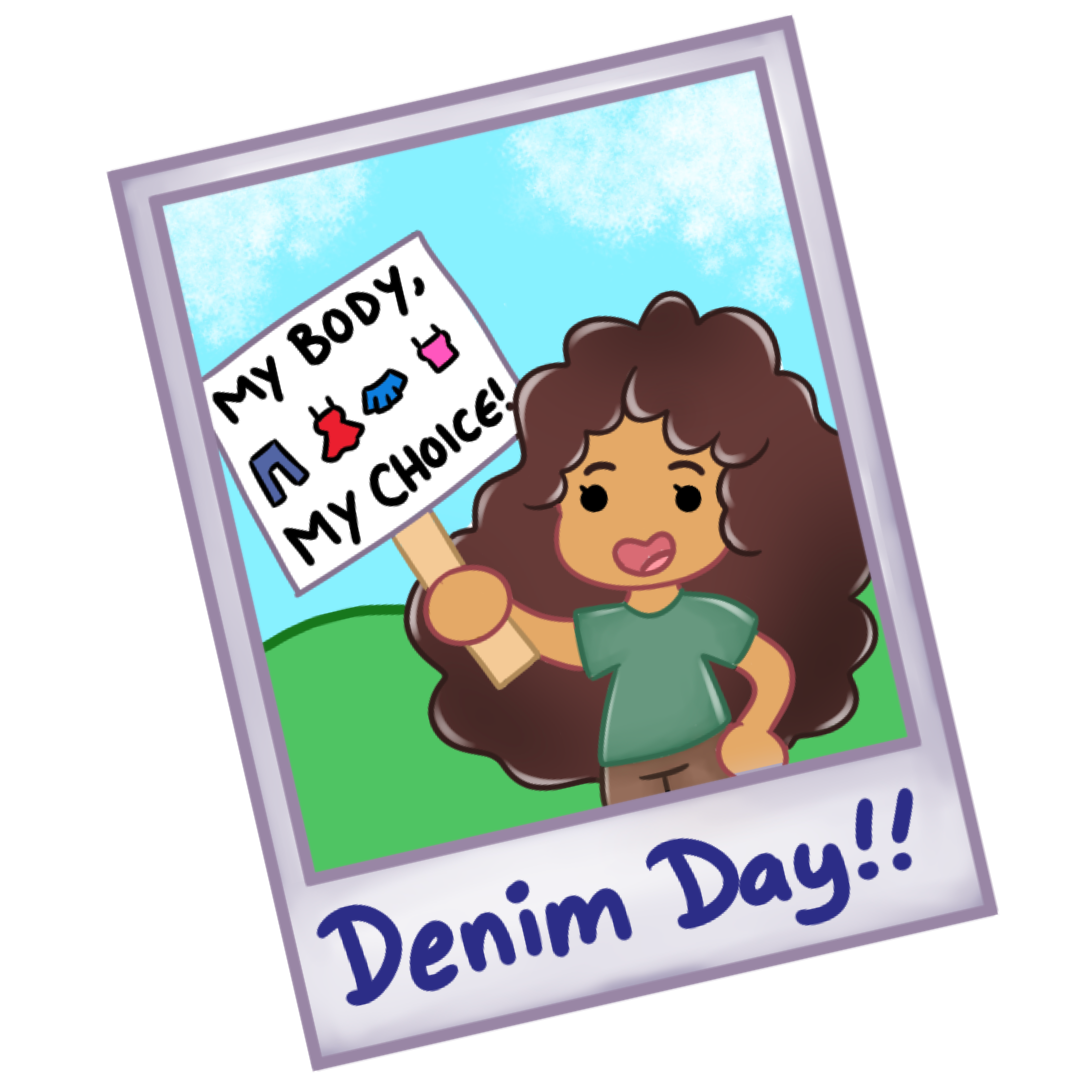
90%
After participating in Peer Leadership, 90% of peer leaders correctly identified the meaning of the term ‘Consent’.
80%
80% of Peer Leaders shared that the schoolwide awareness campaigns were the most important work they did in Peer Leadership.
85%
After participating in Peer Leadership, 85% of Peer Leaders agreed that they could differentiate between healthy and unhealthy friendships.
95%
After Peer Leadership, 95% of Peer Leaders correctly identified the best support statement to say to a victim of abuse.
Margaret's Place Community Feedback
Across all Margaret’s Place sites, students and other school community members shared the positive benefits and impacts of having a Margaret’s Place room in their school. Below are selected responses from Margaret’s Place Participants.
“The best thing about Margret’s Place is that I had someone who truly understood what I was going through and someone who actually listened rather than judged. I am just happy that I got to work with a program that truly helped me grow into a better person. All my goals that I have set for myself may not be fully reached yet but I did have a great start.”

“At Margaret’s Place, I learned how to speak for myself and notice unhealthy behaviors in me and my friends [and work] to change them.”
“…the best thing that Margaret’s Place has done for me is give me a space to just relax for a couple minutes. I feel safe and calm in Margaret’s Place. Its helped me a lot with my mental health, I feel like I am at peace.”
“I wish Margaret’s Place was in more schools!!!”
“Margaret’s Place gave me hope and helped me heal.”
“I think the best parts of Margret’s place are the people you meet…Margaret’s Place is kept afloat by the peers & the community. The activities and the room binds people together in a way… and brings people of different backgrounds together to feel safe & listened to.”
“Students seem truly focused due to Margaret’s Place guidance. They are making more positive decisions about personal safety and those decisions pertaining to academics. There needs to be more Margaret’s Places throughout the country.”
“Margaret’s Place gave me a place of community and belonging as well as a safe place where I can be with people who are open minded and caring.”

“…When I first started therapy, I was in a really bad place emotionally and mentally. My Margaret’s Place Counselor helped me so much. I’m happier, I can cope with my emotions and feelings better, I enjoy doing things I didn’t before, my relationships have improved a lot, the relationship I have with myself has improved a lot, and in general I’m just doing so much better.”
“When my home wasn’t safe, Margaret’s Place made me feel safe.”

Thank you!
On behalf of the Joe Torre Safe At Home team and all of the students and communities we support, we want to thank our schools, school districts, and donors for their partnership and collaboration. We Look forward to continue working together to expand our reach and impact to end the cycle of violence.
